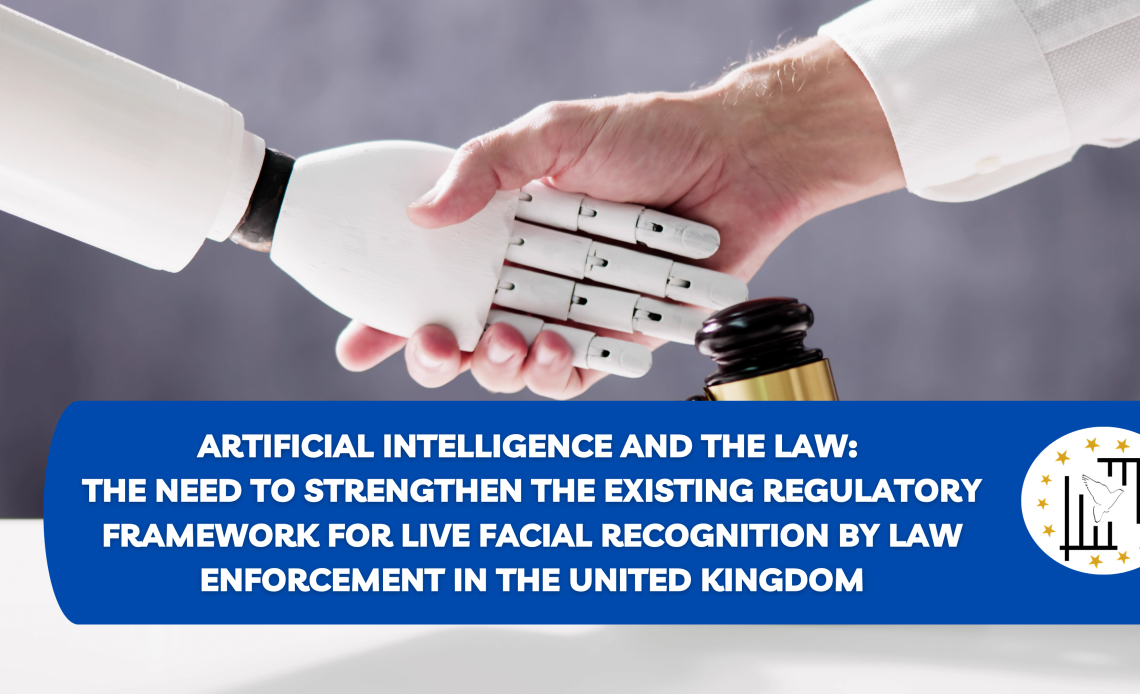La reconnaissance faciale en direct (LFR) devenant de plus en plus courante dans les espaces publics du Royaume-Uni, des questions essentielles sont soulevées quant à sa légalité, sa précision et son impact sur les droits de l'homme. Un récent rapport politique met en lumière la manière dont l'utilisation de la LFR par les forces de l'ordre opère dans une zone de flou juridique — qui expose les individus à des violations de leur vie privée, au profilage racial et à une surveillance injustifiée.
Qu'est-ce que la reconnaissance faciale en direct (LFR) ?
Les systèmes de reconnaissance faciale en direct (LFR) scannent les visages en temps réel à l'aide de caméras installées dans des lieux publics - tels que les centres-villes, les événements sportifs ou les centres de transport - et les comparent à des listes de surveillance de la police. Bien qu'ils soient présentés comme des outils de prévention du crime et de sécurité publique, l'utilisation de plus en plus routinière de cette technologie marque un glissement inquiétant, passant d'une pratique policière exceptionnelle à une surveillance biométrique généralisée.
Lacunes juridiques et faible surveillance
Il n'existe actuellement aucune loi britannique autorisant ou réglementant spécifiquement l'utilisation par la police de la technologie de reconnaissance faciale. Au lieu de cela, la police s'appuie sur des principes généraux de protection des données, de droits de l'homme et sur des politiques internes, dont beaucoup manquent de force exécutoire. En 2020, la Cour d'appel a statué dans l'affaire Bridges c. Police du sud du Pays de Galles dans l'affaire selon laquelle une telle utilisation de la LFR violait les droits à la vie privée en raison de règles peu claires et d'une discrétion policière non contrôlée. Pourtant, malgré cette décision, les déploiements se poursuivent sous des directives fragmentées et ambiguës.
Les droits de l'homme en danger
L'utilisation de la reconnaissance faciale dans les espaces publics soulève d'importantes préoccupations en matière de droits de l'homme. Elle permet le balayage indiscriminé de chaque passant — traitant tous les individus comme des suspects potentiels — et porte atteinte au droit à la vie privée, tel que protégé par l'article 8 de la Convention européenne des droits de l'homme. Cette surveillance a un effet dissuasif sur la vie publique, affectant les libertés de réunion, d'expression et de circulation.
Biais et erreur systémiques
La LFR a également montré qu'elle identifiait de manière disproportionnée et erronée les individus issus de communautés noires et de minorités ethniques. Des études techniques, notamment celles du National Institute of Standards and Technology (NIST) des États-Unis, révèlent que certains algorithmes de reconnaissance faciale sont jusqu'à 100 fois plus susceptibles d'identifier à tort des personnes non-blanches. Au Royaume-Uni, des taux de faux positifs de plus de 90 % ont été signalés lors de déploiements par la police métropolitaine et celle du sud du Pays de Galles. Ces erreurs peuvent entraîner des interpellations à tort, des interrogatoires et le stockage de données biométriques sans consentement.
Vers une utilisation responsable de la technologie
Bien que le potentiel de la reconnaissance faciale pour résoudre des crimes soit reconnu, les risques qu'elle pose — surveillance non contrôlée, érosion de la confiance, discrimination raciale — l'emportent de loin sur ses bénéfices dans le vide réglementaire actuel. Les approches comparatives de l'Union européenne montrent une position plus prudente, avec des contrôles plus stricts et des interdictions en place pour la surveillance biométrique dans les espaces publics.
Tant que le Royaume-Uni n'aura pas élaboré des lois claires et exécutoires concernant cette technologie puissante, le public restera exposé à une surveillance injustifiée et à un biais systémique au nom de la sécurité.
📄 Lire le rapport complet sur ici

